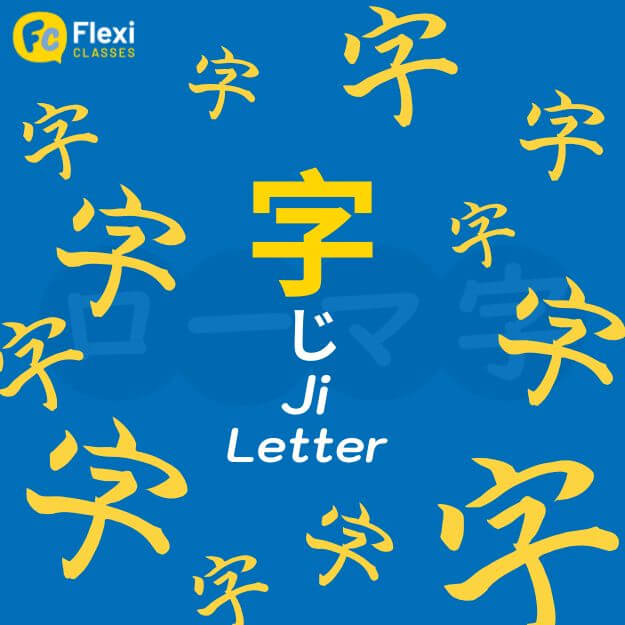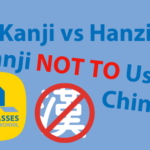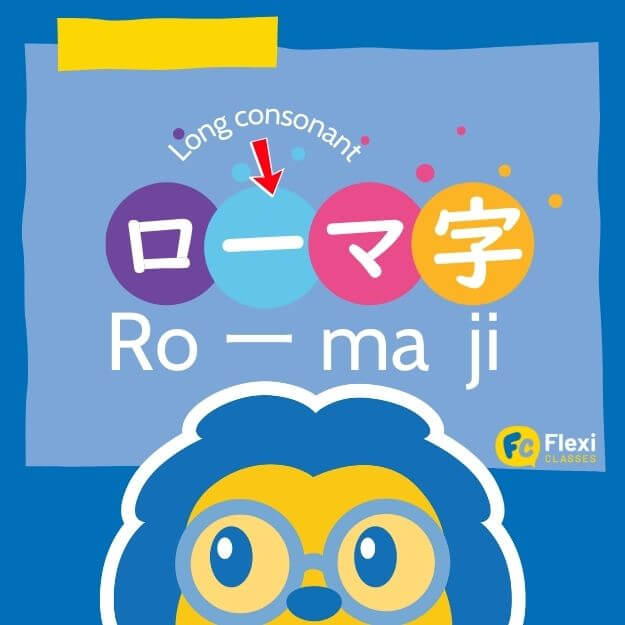Romaji 101: What It Is and How It Helps with Japanese
Discover Romaji, its Origins and its Role in Learning Japanese
Romaji (ローマ字 ローマじ ) is a method of writing Japanese using the alphabet.

Japanese has three primary writing systems: hiragana, katakana, and kanji.
In addition to these, romaji—written using the Roman alphabet—represents Japanese pronunciation.
Romaji is widely used by foreign learners, for computer input, and on traffic signs, maps, and official documents.
👉 The main purpose of romaji is to help those who cannot read Japanese understand its pronunciation. For example, the Japanese greeting こんにちは is written as “konnichiwa” in romaji, making it accessible to those unfamiliar with the language.
In this article, we’ll explore the role of romaji and how it can be useful when learning Japanese.
Romaji || What is Romaji
Romaji || Methods of Romaji
Romaji || Why There Are So Many Methods
Romaji || How to Use Romaji
Romaji || FAQs
Romaji || What is Romaji

The history of romaji dates back to the time when Japan first came into contact with the outside world. When Portuguese missionaries came to Japan in the 16th century, they began using romaji to write the sounds of Japanese in Latin script.
After the Edo period, as Japan became more deeply involved with Western culture, romaji developed as a way for foreigners to understand Japanese.
The process of writing non-Latin languages using the Latin alphabet is called “romanization” in English, and “Romaji” is the Japanese version. Ji (字 じ ) means letters in Japanese.
In Japanese, words that have been adopted from English are often simply read as written in Romaji.
For example, computer is コンピュータ . “コンピュータ” is written in Romaji as “kon-pyu-ta. (There are several methods to write Japanese in Romaji)” When you read this, emphasizing vowels makes your pronunciation more Japanese.
Even English words are written in Romaji and pronounced in Romaji way in Japanese. This is both a convenient and a cumbersome element for Japanese language learners.

Nowadays, computers are equipped with a Japanese reading function, so if there is no Japanese speaker nearby, you can have the machine read it out loud and learn pronunciation.
Compared to the English, however, the Japanese text-to-speech function is a bit clunky, but it may still be useful.
In Google Translate, when you translate English to Japanese, the Japanese Romaji text will appear. This is very useful for learning, but the intonation can be very strange sometimes, so if you have the chance, try to speak with a native speaker and imitate the original pronunciation.

Hanzi vs Kanji // Japanese Kanji NOT To Use in Chinese
Hanzi vs Kanji // Japanese and Chinese have a long history of sharing characters with each other, but it’s not always as simple as that. Find out why…
Romaji || Methods of Romaji
Currently, there are two main methods for writing Japanese in Romaji. One is Hepburn style (ヘボン式 ヘボンしき , hebon-shiki) and the other is 訓令式 くんれいしき , kunrei-shiki).
The Jesuits of the Catholic Church, who came to Japan during the Sengoku period to spread Christianity, wrote Japanese in Romaji based on Portuguese. This is the Portuguese Romaji, the first Romaji method. Since then, several other notations have been created.

After World War II, GHQ instructed the style used by Hepburn to be used on road signs and station signs throughout Japan. This is called Hepburn style.
Among them, in 1867 James Curtis Hepburn published a dictionary based on Romaji that conformed to the English language.
On the other hand, because the Hepburn system is based on English, it has been criticized for not following the original pronunciation of Japanese, so a revised version of that system was adopted as the official government system; this is the Kunrei-shiki.
訓令 くんれい Kunrei is an order issued by a higher-level government agency to a lower-level government agency. The original system was developed in 1937 and has since been revised several times.
What is the difference between the two methods?
For example, “し” is written “shi” in Hepburn style, while “si” in Kunrei-shiki.
It is of course impossible to accurately write Japanese pronunciation in Latin letters, so the reality is that it is still written in a variety of ways today.
Romaji || Why are there so many methods?
When writing Japanese in the Latin alphabet, the problem is how to handle contracted sounds, geminate consonants, and long consonants.
Contracted sound (拗音 ようおん , you-on) are something like ゃ, ゅ, ょ, which appear in とうきょう(Tokyo) and きょうと(Kyoto). These are called “small やya, ゆyu, よyo.”
Cat meowing is “ニャー nya-.” The problem occurs when j appears.
For example. “Joe Biden” is in Japanese ”ジョー・バイデン.” “ジョ” can be written both as “Jo” and “Jyo.” To the Japanese, the two sounds are virtually indistinguishable and ジョ can be written either way.
A geminate consonant, or 促音 そくおん soku-on is also a difficult problem. A geminate consonant is っ. Not つ, but smaller one. This is one of the difficult aspects of Japanese for English speakers.
For example, “かつて katsute” means “before,” while “かって katte” means “without permission, arbitrarily.” This small つ is called a geminate consonant. When appearing in a word, it is written like “tt” or “cc,” as in “katte” or “macchi.”
However, a geminate consonant can come to the end of a word. In this case, it is impossible to write in Romaji.

For example, a word spoken when surprised is “あっ a.” For Japanese, “あ” and “あっ” are completely different words, but “あっ” can’t be written in Romaji. “あった” can be written as “atta,” but “あっ” can’t and some special sign other than Latin alphabet is necessary.
A long consonant is called 長音 ちょうおん chou-on.
For example, “a bar” is written “バー.” This ー is called a long consonant. This is written as “ba-” or “bā.” This is not particularly a problem in terms of notation.

How To Learn Katakana (カタカナ) // Essential Things To Know
How to Learn Katakana? | Katakana is one of Japanese’s three alphabets. Katakana are generally more angular looking than Hiragana and focuses on loanwords.
Romaji || How to Use Romaji
As we have seen above, while Romaji is extremely useful for writing Japanese in the Latin alphabet, it also has limitations, such as the inability to accurately write Japanese pronunciation and characters.
For Japanese language learners, it will be a useful substitute for unfamiliar hiragana and katakana and serve as a supplement in the early stages. However, the issues of contracted sounds and a geminate consonant make a big difference in interpreting Japanese.
Ideally, you would learn hiragana and katakana thoroughly at an early stage, so that you can study Japanese using furigana without relying on Romaji notation. It’s also a good idea to have online conversations with native speakers to help you improve your natural Japanese pronunciation!
Romaji || FAQs
What is Romaji?
Romaji (ローマ字 ローマじ ) is a method of writing Japanese using the alphabet.
Is Romaji used in Japan?
Yes. It is used in Japan to write the names of places in Japan for foreigners on road signs, station signs, etc.
When was Romaji first used?
The first Romaji was created by Portuguese missionaries in the 16th century.
If I master Romaji, do I still have to learn hiragana and katakana?
No. Romaji can’t accurately represent Japanese pronunciations. So you can use Romaji as a helper, but still you have to memorize hiragana and katakana.
Can I learn correct pronunciation using the auto-read function?
The text-to-speech function is helpful, but may not provide accurate pronunciation or intonation. To ensure accurate pronunciation, we recommend that you have the opportunity to speak with a native speaker.
Want More From LTL?
WANT TO LEARN JAPANESE? Check out our online Japanese courses here.
We offer a 7-day free trial to all new students where you can study 24/7.
What about studying Japanese in Japan instead? We’ve got your back. Our Japanese courses in Tokyo can either be taken in small groups of no more than 5 students or individually for a more tailored experience.
We even offer incredible homestay experiences in Tokyo as well.
Come and be a part of this amazing community.









